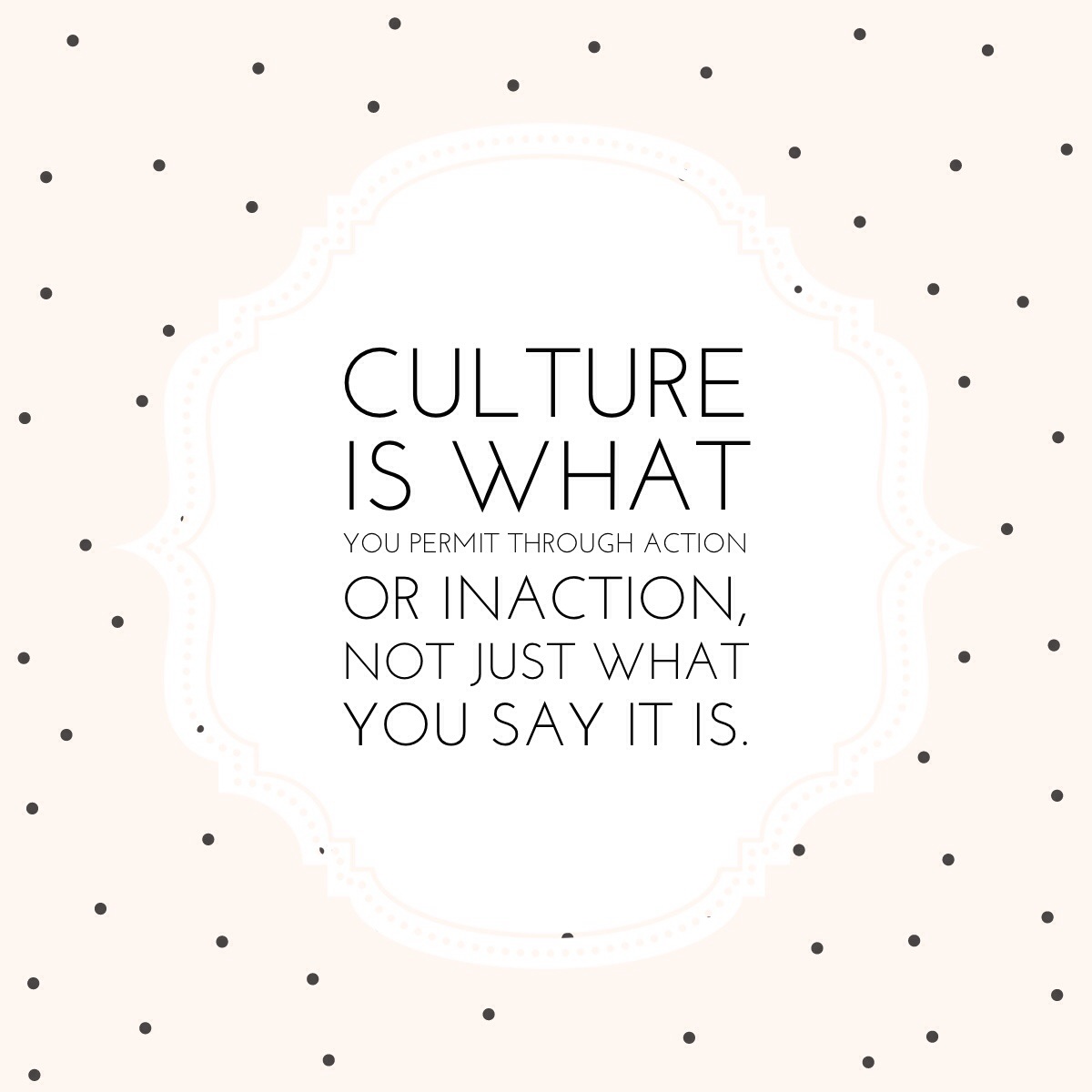
Often there is a tendency to think of culture as one of those warm and fuzzy things that organisations ‘do’ after they have done all the important things that need to be done. Or something that HR invents to keep itself in a job. So, it is reassuring to read posts from people such as Kate Costello from Governance Matters, a firm that supports boards around the world to be more effective, on how culture is at the core of best practice risk management. Kate asserts that:
“..what the really successful organisations also know is that planning is but one of the elements required to effectively manage risk. They know only too well – and subscribe to – the truism that even the best laid plans of mice and men can, and often do, go awry.
And they appreciate that the key piece in any organisation’s risk management puzzle is its culture. Get that right and you’re well on your way…“
She goes further in another post where she says: “..It was certainly unhealthy stuff and a stark reminder that boards need to be as concerned with staff attitudes and values as they are with financial and other indicators of success..”
Culture is important because a healthy culture usually has very strong indicators with financial and other forms of success. In contrast, a sick culture is usually sick in many other aspects of the organisation.
So, what is culture?
Part of the issue with dealing with this thing called culture, is that organisations are often not clear on what it actually means. These definitions are two of my favourites:
- Culture is “what you permit through action (or inaction) not just what you say it is”
- Culture is “the way we do things around here”
These definitions sum up culture to me — it’s no good saying that “our organisation is progressive and innovative” if every procedure, rule and policy is contrary to that. It’s no good having equality as one of your organisational values, if you have a huge gender pay disparity.
Culture is the sum of what an organisation is now — the good, the bad and the indifferent, not what an organisation wishes it could be or should be.
What are the component parts of workplace culture?
Culture is a sum of its components parts. Those parts include :
- Clarity around why the organisation exists — the vision, mission, values and heritage
- Clarity around where the organisation is going — the strategy and objectives
- Behaviours that support not detract from the vision, mission, values etc.
- Great leadership
- Great communication at every level of the organisation
- Making sure that there are no “broken windows” which are inconsistent with the culture the organisation is trying to achieve
- Policies and procedures that support the culture not hinder it
- Symbols that illustrate the culture both internally and externally
The great thing is that whilst changing a culture can’t be done overnight, it can certainly be done. And often, it starts with a single step. Want to have a culture that communicates better? Create an environment where it is easy for people to talk to each other, rather than hide behind emails. Want to have a culture that is innovative and embraces change, then make sure your policies don’t inadvertently punish those that try out new ways of doing things.
Tips for changing a workplace culture
- Make sure the board is ‘on board’ with the impact that culture can have on risk, financials and other more traditional aspects of reporting;
- Be prepared to commit to a long term approach to change. This doesn’t happen overnight. It needs sustained focus and commitment from the leadership team and beyond.
- It needs to matter to more that one person. It can’t be one person’s pet project. It needs to be something the leadership team and beyond thinks is important.
- Be prepared to be open to hearing about the inconsistencies between current and desired culture, and acting upon those inconsistencies. ‘Do as I say not as I do’ doesn’t work in culture change.
- Celebrate successes along the way.
So there you have it:
- Why culture is important;
- What culture is and what makes up its component parts; and
- How you can go about changing your workplace culture.
Until next week, happy reading.

Ps. Did you read last week’s blog on one way that a leader can create trust, starting right now?

